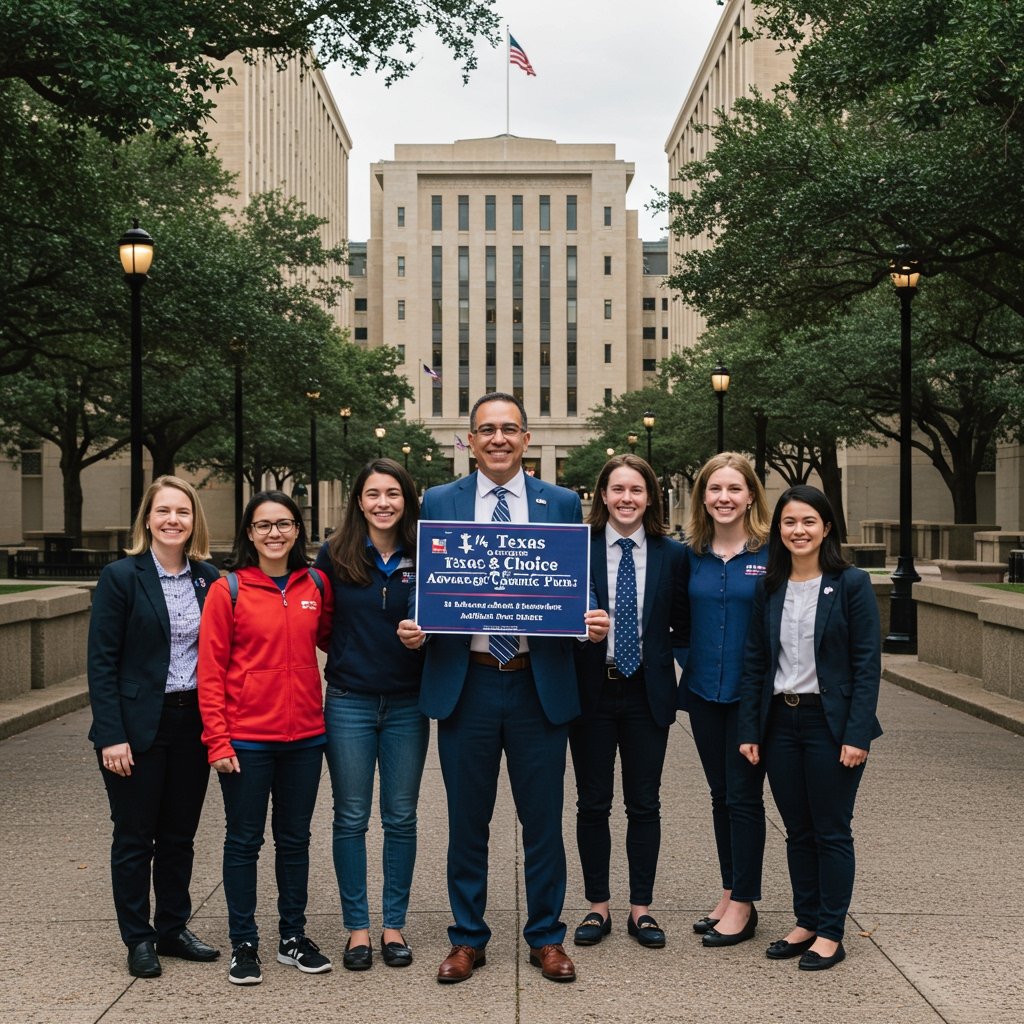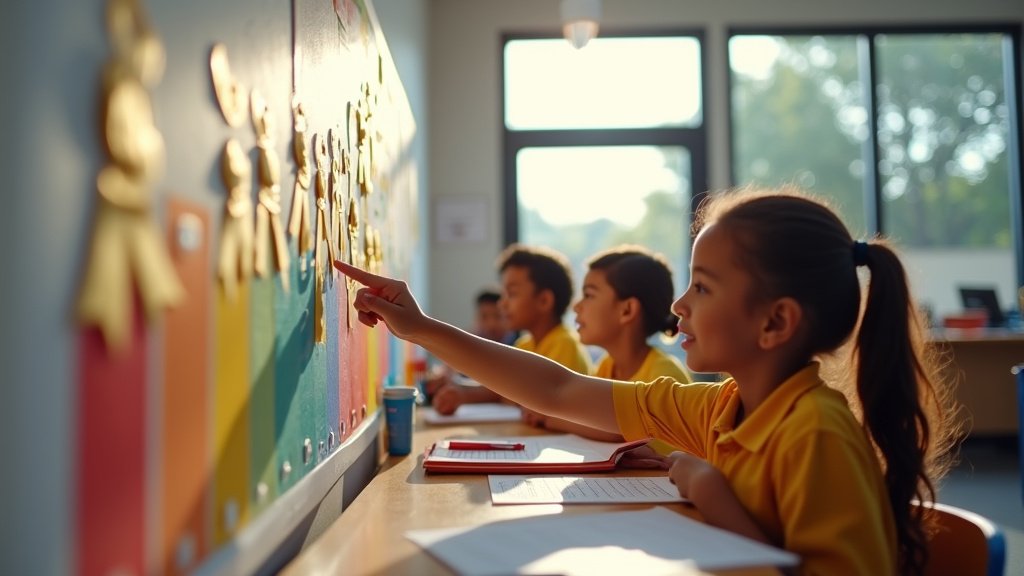Senate Education Committee Approves S.B. 22, Sending School Choice Bill to Full Chamber
AUSTIN, TX – After extensive debate and a vote cast largely along party lines, the Texas Senate Education Committee today advanced Senate Bill 22, a high-priority legislative measure aimed at establishing a statewide education savings account (ESA) program. The committee’s decision, reached with an 8-5 vote in favor of the bill, propels the controversial proposal to the floor of the full Texas Senate for further consideration.
The passage through the committee marks a significant step forward for proponents of school choice in Texas, including Governor Greg Abbott, who has championed the concept as a means to empower parents with greater control over their children’s educational pathways. Senate Bill 22, if enacted, would create a mechanism through which eligible parents could access state funds to cover the costs of private school tuition, homeschooling expenses, tutoring, educational therapies, and other approved educational services. The proposed funding mechanism envisions providing parents with up to $8,000 per student annually via these education savings accounts.
The Education Savings Account Proposal: Mechanisms and Eligibility
Senate Bill 22 outlines the framework for the proposed ESA program. While specific eligibility criteria could be subject to amendments as the bill progresses, the core principle is to offer state financial support directly to parents who choose not to enroll their children in the traditional public school system. These funds, deposited into restricted-use accounts, would be accessible for a defined list of educational expenditures, designed to give families the flexibility to select educational options they believe best suit their child’s needs.
Proponents argue that this system fosters competition among educational providers – both public and private – ultimately leading to improved outcomes for all students. They contend that parents, armed with the financial resources provided through the ESAs, are best positioned to make informed decisions about their children’s education, tailoring learning environments to individual strengths and challenges. The ability to use funds for various services beyond tuition, such as specialized therapies or tutoring, is highlighted as a key benefit for students with diverse learning requirements.
Arguments For and Against the Proposal
The debate surrounding S.B. 22 is deeply polarized, reflecting long-standing ideological divides over the role of public education and the allocation of state resources. Supporters, including Governor Abbott and various school choice advocacy groups, frame the bill as a necessary reform to provide equity and opportunity, particularly for students in underperforming schools or those with unique educational needs. They emphasize parental rights and the principle that state education funds should follow the child, not the institution.
Conversely, opponents, including a broad coalition of public school advocates, teacher unions, and organizations like Raise Your Hand Texas, voice grave concerns about the potential negative impacts of the bill on the state’s public education system. A primary point of contention is the estimated financial impact. Critics warn that diverting state funds to private options could siphon away significant resources, with estimates suggesting an annual cost to the state treasury of up to $500 million in the initial years. This diversion, they argue, would disproportionately harm underfunded public school districts, particularly those in rural areas or serving high populations of disadvantaged students.
Opponents also raise questions about accountability and oversight. Public schools are subject to extensive state regulations, testing requirements, and financial audits. Concerns are voiced that private entities receiving state funds through ESAs may not be held to the same standards of transparency or academic accountability, potentially leading to a lack of public oversight over how taxpayer money is spent and the quality of education provided.
Committee Deliberations and Rural Concerns
The hearing before the Texas Senate Education Committee saw hours of testimony from Texans on both sides of the issue. While the final vote aligned predictably along party lines, the deliberations highlighted specific points of contention and attempts to address them. A prominent concern raised by committee members and witnesses alike centered on the potential impact of the ESA program on rural school districts. These districts often serve as the central community institution and may be the sole educational option for miles. Critics feared that diverting even a small number of students and their associated funding could severely undermine the financial viability of these essential rural schools.
In response to these concerns, supporters of S.B. 22 indicated the inclusion of provisions within the bill text aimed at mitigating negative effects on smaller districts. While the precise details of these provisions and their effectiveness remain points of debate, their inclusion signifies an acknowledgment of the unique challenges faced by rural Texas and an attempt by the bill’s authors to address some of the most vocal criticisms.
What’s Next for S.B. 22
With its approval by the Senate Education Committee via an 8-5 vote, Senate Bill 22 now advances to the floor of the full Texas Senate. This next stage promises further rigorous debate, opportunities for senators to propose amendments, and potentially significant political maneuvering. The bill’s journey through the Senate will be closely watched by education stakeholders across the state, from parents and students to teachers, administrators, and advocacy groups. The outcome of the Senate vote will determine whether the controversial school choice measure moves forward to the Texas House of Representatives, setting the stage for a potential final legislative showdown on the future of education funding and choice in Texas.






